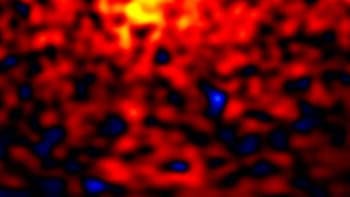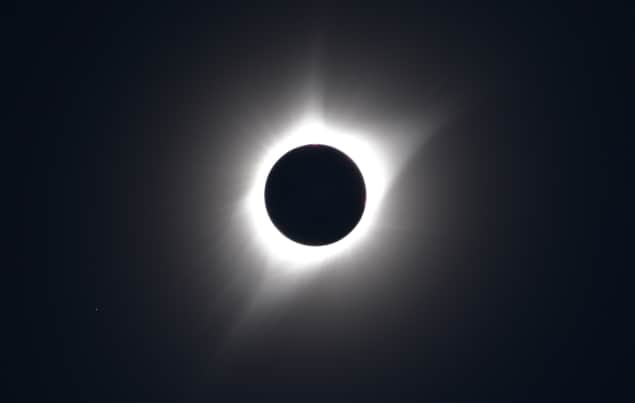
By Sarah Tesh
On Monday 21 August, the US witnessed some unusual events. Day turned to night, temperatures dropped as much as 6 °C, animals behaved weirdly and street lights came on in the middle of the day – all because a vast, 115 km-wide shadow swept across the land.
This was, of course, a solar eclipse – where the Moon passed in front of the Sun casting a shadow on Earth. Millions watched with special glasses, home-made pin-hole cameras, digital cameras, and – in the case of scientists – satellites and telescopes.
Among the spectators was my colleague Tami Freeman, editor of Medicalphysicsweb, who watched the event at the side of a road in Wyoming. At about 10:25 local time, the spectacle began and over the next hour and a half, Tami and her family watched the Moon move across the Sun’s face.
“The Sun transformed into a tiny crescent shining a dim silvery light onto the ground,” describes Tami. “And then – the diamond ring – the last beautiful flash of bright light as the Moon fully covered the Sun’s face. The sight of the Sun’s corona was breathtaking; the stars and planets became clearly visible in the sky, and all around a 360° sunset lit up the horizon in reds and oranges. Then just as quickly, the diamond ring reappeared for a brief moment, and the light began to return. Truly a privilege to witness such a spectacle.”
Tami captured some truly magnificent pictures of the eclipse from her spot on the path of totality (see above and the first below). Of course, there are countless other eclipse pictures on the Internet, but here are some of my favourites showing the phenomenon from a range of different perspectives.
Looking up
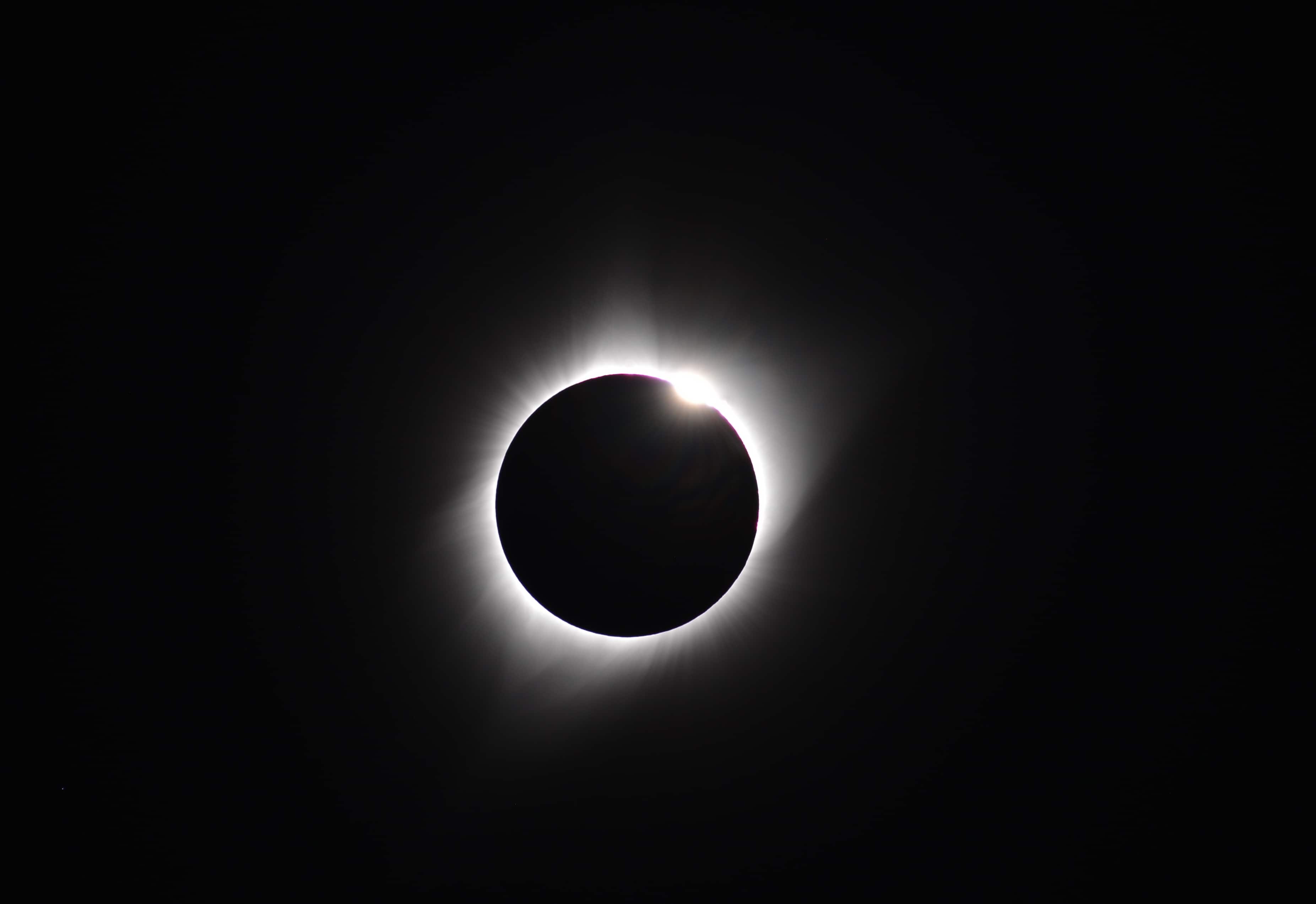
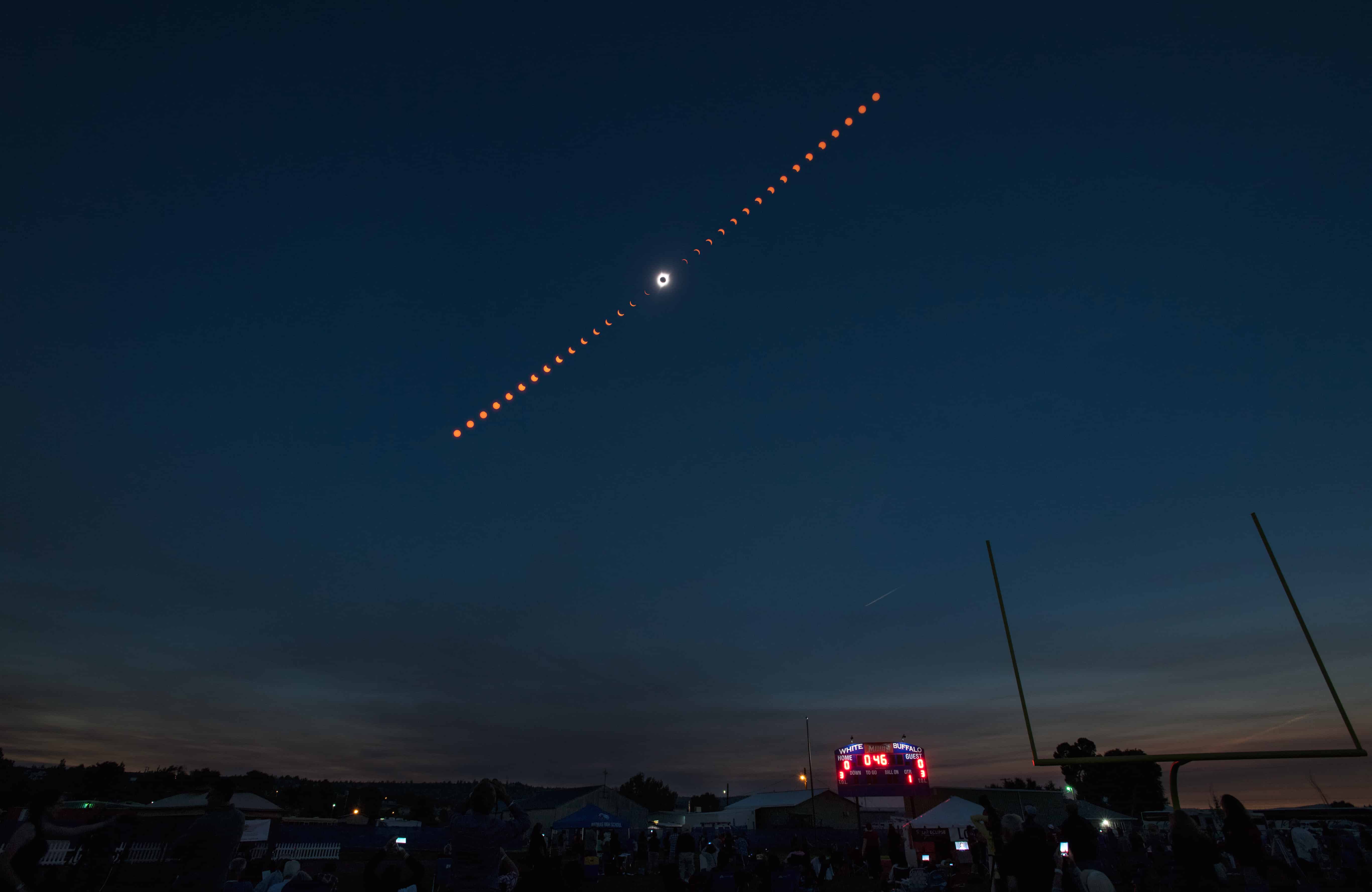
Zooming in
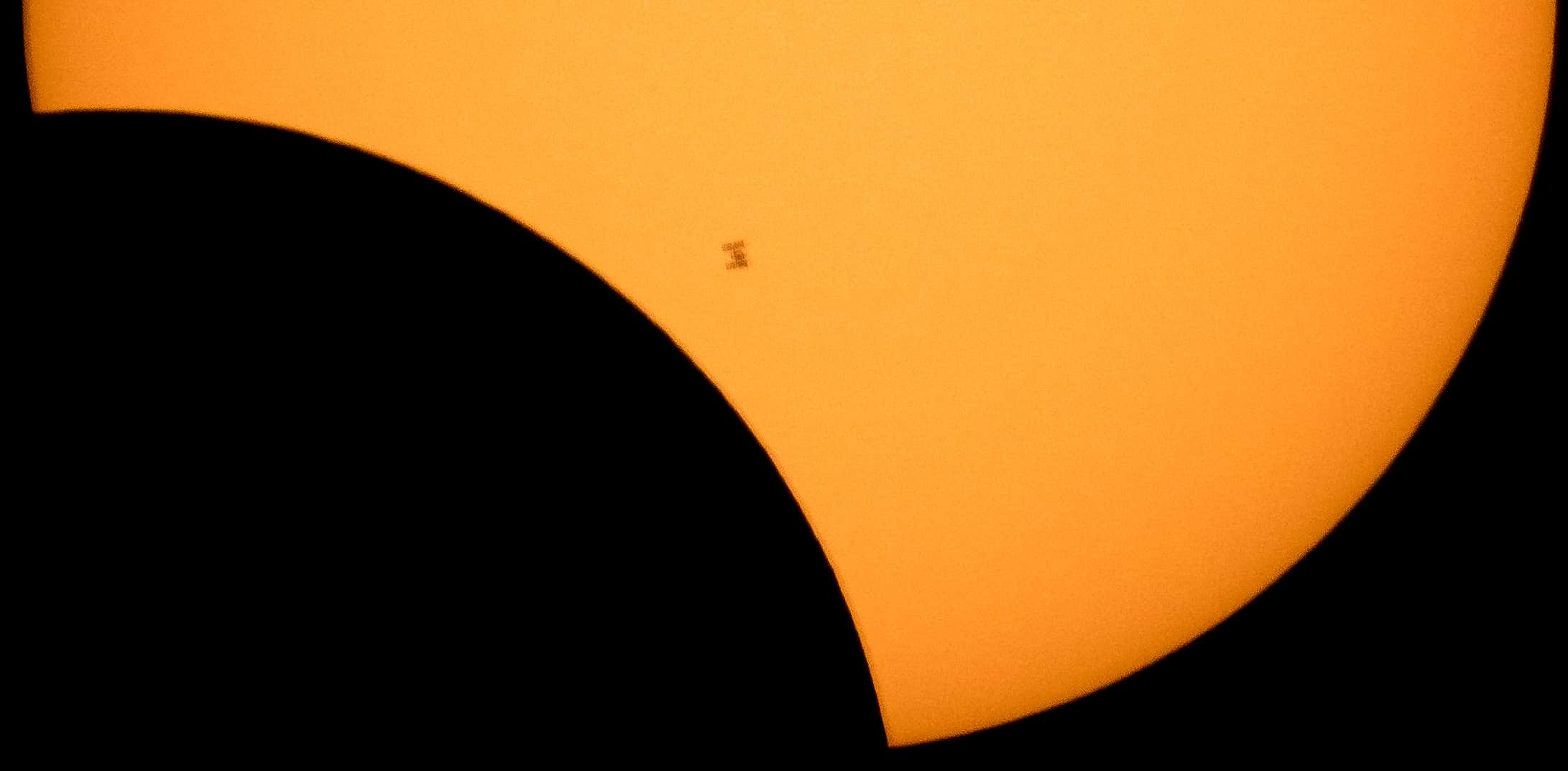

Looking the other way
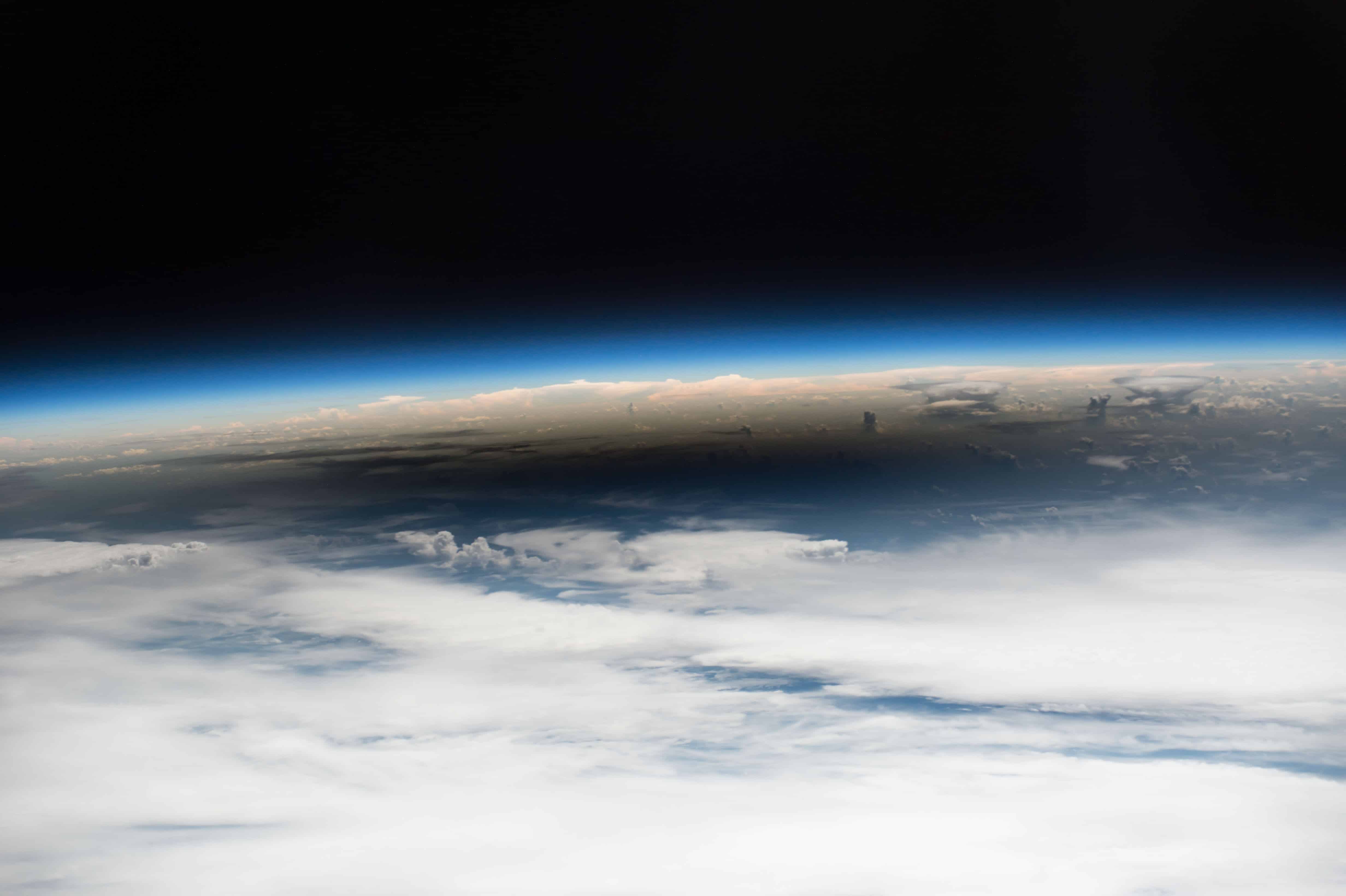
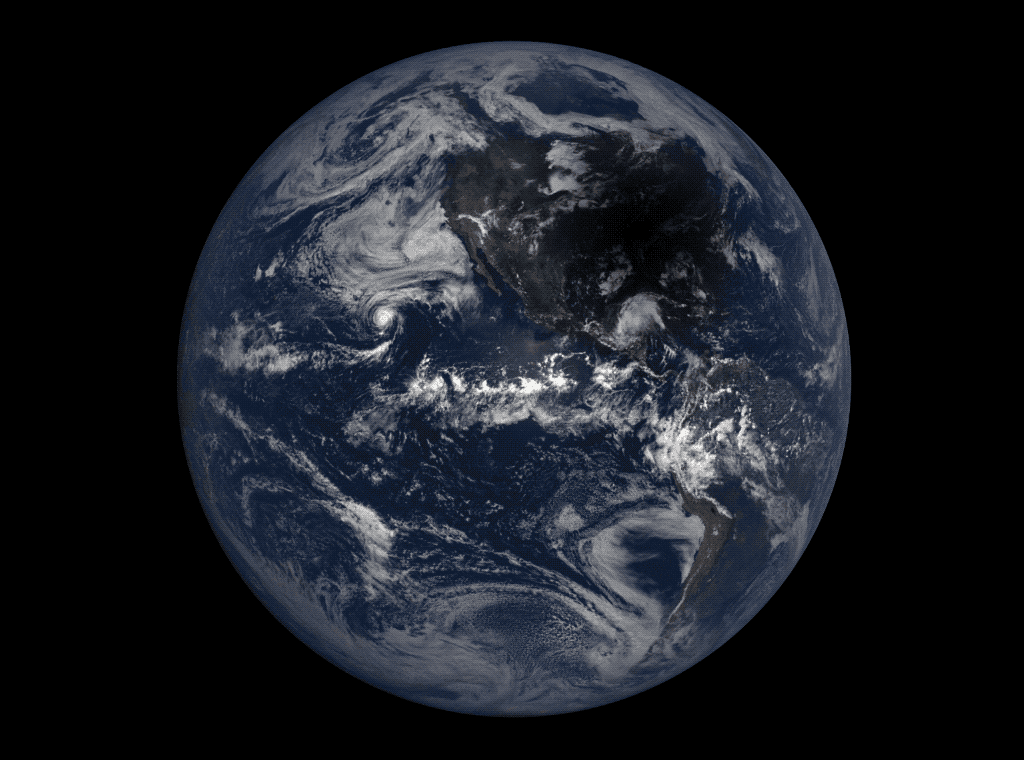
Back down to Earth
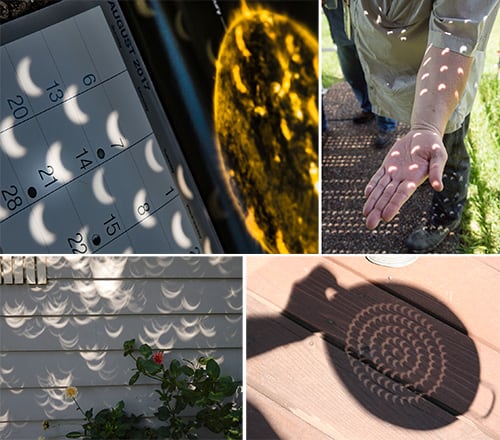
Stay tuned for one more blog on the eclipse from David Appell in Oregon – where the Moon’s shadow first touched ground. And if you want to know where the next total solar eclipse is (and the 14 after that), check out the fun tool on Science News.


